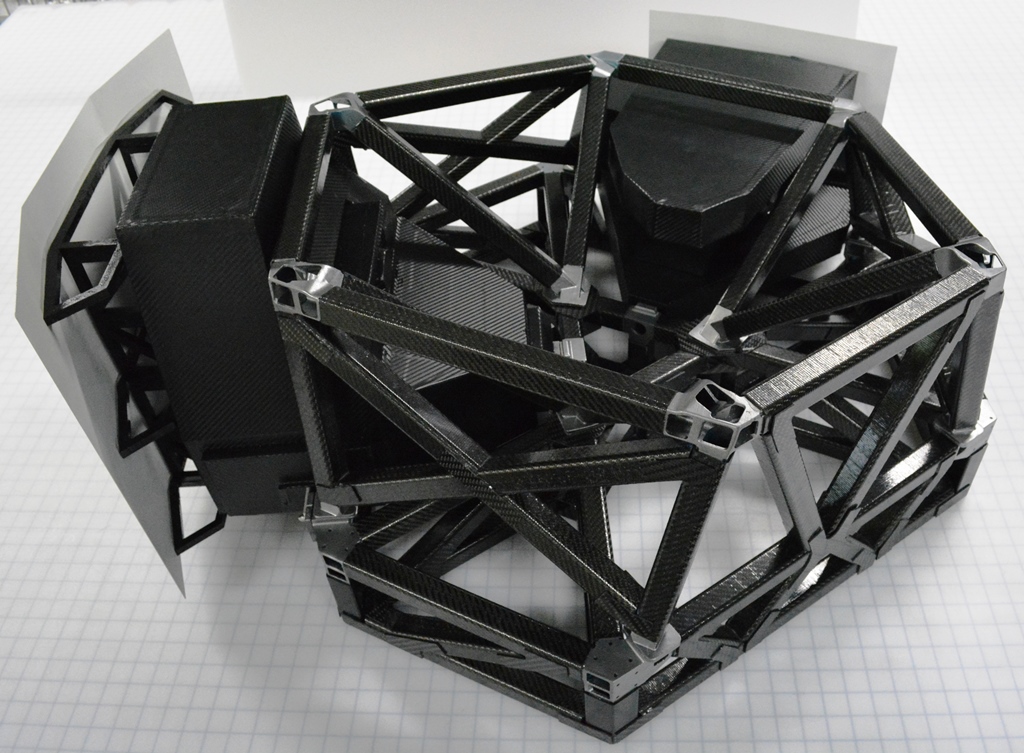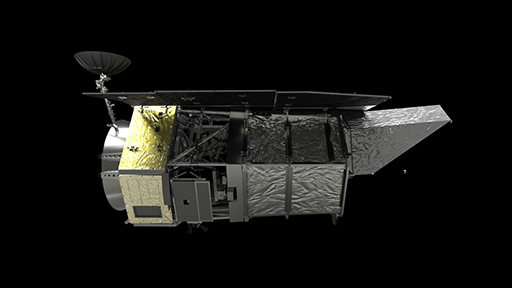



That’s on purpose and a critical part of its story: This telescope has to contain its vast potential into a mirror just 1.5 meters in diameter and launch under budget. That may seem steep but compared to flagship missions like the James Webb Space Telescope, a $10 billion juggernaut that finally launched on December 25 after decades of development, it’s considered a reasonable price tag. Its total lifecycle cost is estimated to be $4.3 billion. Its journey to a new name and a new purpose was a twisty one, complicated by global politics and the Covid-19 pandemic. WRST was renamed to become the Nancy Grace Roman Space Telescope, expected to launch in May 2027. It became a top priority project with exacting specifications, Benford says. National Research Council Decadal Survey committee recommended an ambitious observatory called Wide-Field Infrared Survey Telescope (WFIRST). In 2010, NASA scientists were having trouble making all the pieces of a major space telescope project fit. “Its data will be so powerful that we will glean insights into the universe that at the moment aren’t even in our minds for conceptualizing,” NASA astrophysicist Dominic Benford tells Inverse. Its story is one of spies and supernovae. Named for a renowned astronomer dubbed the “Mother of Hubble,” it’s intended to hunt for two elusive beasts: exoplanets and dark energy, which comprises about 70 percent of the known universe but we’ve never actually observed. If the James Webb Space Telescope is the most audacious space observatory mission of the 2020s - surrounded by both hype over its capabilities and controversy over its controversial namesake - then the Nancy Grace Roman Telescope mission is our cosmic dark horse.


 0 kommentar(er)
0 kommentar(er)
